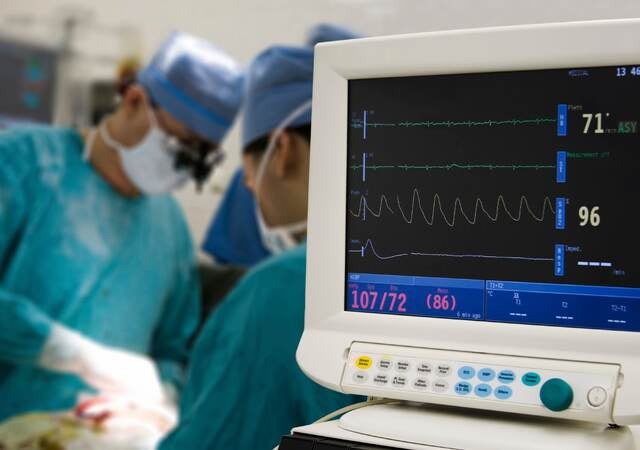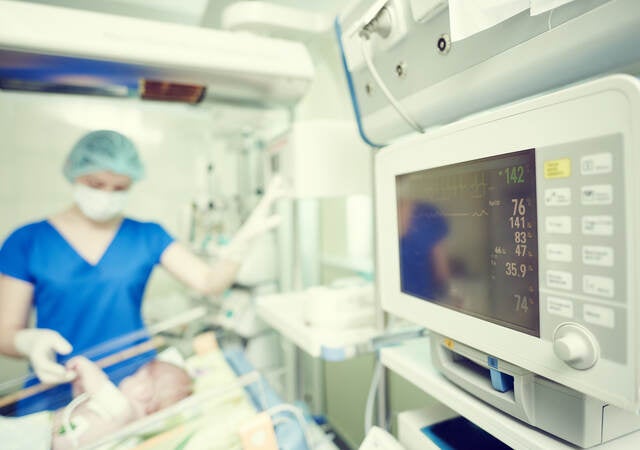April 7, 2023
Has it become vogue to leverage other regulators’ authorizations for medical device market access? Our working title for this post had included the moniker “global harmonization.” One might ask: is the Global Harmonization Task Force (GHTF) (now the International Medical Device Regulators Forum (IMDRF)) succeeding in advancing medical device global harmonization? Does it seem that more regulatory systems may be adopting the authorization regulations of the U.S. Food and Drug Administration (FDA)?
It has been a glacial process, though it would seem that there may be more global harmonization successes.
However, the FDA, the European Union (EU), Brazil National Health Surveillance Agency (ANVISA), and Japan Ministry of Health Labor and Welfare’s (MHLW) Pharmaceuticals and Medical Devices Agency (PMDA), will likely always rely on their own medical device regulatory systems.
Impact of the GHTF 1992-2011
Five founding members (EU, US, Canada, Australia and Japan) formed the GHTF to facilitate global medical device regulatory harmonization. The organization had published a fair number of GHTF guidance documents.
The Australian Therapeutic Goods Administration (TGA) legislation (Therapeutic Goods (Medical Devices) Regulations 2002) is based on the recommendations of the GHTF and largely modeled on the European Medical Devices Directive MDD 93/42/EEC. Well in advance of the European adoption of a rules-based risk classification for IVDs, TGA introduced the GHTF IVD risk classification for IVDs in 2010. For the longest time, the TGA appeared to be the one regulator who excelled at leveraging a manufacturer’s compliance to the GHTF/European regulatory system.
The Singapore Health Sciences Authority (HSA) introduced the Health Products Act in 2007 and the Health Products (Medical Devices) Regulations 2010. With this were different regulatory schemes based on a “confidence-based approach” for GHTF authorization for different classes of devices. The Saudi Arabia (KSA) Saudi Food & Drug Authority (SFDA) established in 2008 an interim medical device regulatory system, which permitted medical devices authorized in one of the founding GHTF member regimes on the KSA.
The Mexico Federal Commission for the Protection against Sanitary Risk (COFEPRIS) introduced some aspect of another regulator’s authorization in their submission process in 2010 through an equivalence process. COFEPRIS initiated expedited reviews when a manufacturer had FDA clearance/approval or Health Canada Medical Device Licenses.
The Israel medical device system (Medical Equipment Law, 5772-2012) implemented a medical device regulatory system in Israel and introduced recognized countries, which are generally the GHTF founding members, a subset of the EU countries plus New Zealand. It is recognized that the regulatory system prefers FDA authorization.
In addition to legislations which modeled the GHTF guidance documents, many regulators referred to the GHTF guidance. It would be incomplete if we didn’t mention that the very pivotal European guidance MEDDEV 2.7/1, Rev. 3 (December 2009) is largely based on the previous MEDDEV as well as GHTF on clinical evaluation from 2007 (SG5/N2R8:2007). Rev 4 of MEDDEV 2.7/1 was released in 2016, and still contributes to guidance on this topic of clinical evaluation even with the MDR.
The IMDRF era
The IMDRF replaced the GHTF in 2011 with a broader group of founders: Australia, Brazil, Canada, China, EU, Japan, US, and World Health Organization (WHO). In time, Brazil, Russia, Singapore, South Korea and the United Kingdom (UK) also eventually joined, and the WHO and Argentina became Official Observers.
The IMDRF has organized into working groups and has been prolific in developing guidance documents to influence global harmonization as well. There has been lots of activity of note. In particular, we will examine the activity of the Regulated Product Submission (RPS) group.
Mexico’s COFEPRIS extended equivalence to medical devices with Japan MHLW authorization in 2012. Though, it took some time for the industry to appreciate that subsequent modifications to those submissions took a longer time for COFEPRIS review. Filing as an original submission to COFEPRIS and then filing a subsequent modification for COFEPRIS review turned out to involve a faster review.
The recitals of the 2017 European regulations (Medical Devices Regulation (EU) 2017/745 and In Vitro Diagnostic Devices Regulation (EU) 2017/746) acknowledged the import of “global convergence of regulations” and the GHTF and IMDRF activity.
In 2018, the Australian TGA expanded their list to permit device authorization in other regimes: FDA, Health Canada, the Japan MHLW. Most recently (September 2022), the TGA announced the Singapore Health Sciences Authority (HSA) was on their list of authorizations to leverage, as well.
Developments in the UK and Switzerland
With the UK and Switzerland establishing some independence from the EU legislation, it may not be a surprise that these governments would explore options for their medical device regulatory systems. At the end of November 2022, SwissMedic announced it would leverage FDA registrations: the Swiss Medtech website titled the news brief “pragmatism and speed>.” Most recently, the UK Medicines Healthcare Regulatory Authority (MHRA) shared in their webinar (January 24, 2023) that Brexit facilitated their greater leveraging of global authorizations. And, the MHRA explicitly shared the concepts of “domestic assurance” “recognition of approvals in other, trusted jurisdictions (e.g., FDA,”, and assessing other IMDRF countries’ regulations in the interest of “immediately release capacity constraints.”
This is fascinating from the perspective that both the UK and Switzerland have legislation that is more aligned to the GHTF and EU. The UK and Switzerland would join Australia and other countries if they were to capitalize on FDA authorization.
Concluding remarks
Despite accepting authorizations for lower-risk medical devices and IVDs from other jurisdictions, the TGA retains review and control over the highest risk Class III medical devices and Class IV IVD devices. In return for this efficiency, the TGA has implemented an immense market surveillance system. Some would posit that the TGA had designed a model regulatory system taking into account the agency’s existing resources.
The regulators understand the importance of global harmonization. There have been significant strides with the IMDRF. The extent to which a regulatory system adopts an authorization from another jurisdiction will depend on the country (and its legislation). Countries are implementing creative solutions to capitalize on other authorizations and the IMDRF has been advancing developments with the RPS.
Suffice it to say, a pivotal aspect of global regulatory strategy is to understand the primary markets of interest. Do any of these countries/regions leverage other regulatory authorizations, and to what extent? Planning regulatory strategy can facilitate more efficient device development (as well as testing and compilation). Ultimately, this can reduce the time required to generate evidence required for regulatory submissions, the actual submissions, as well as organize where the device will be first marketed.
Get connected with our sales team
Thanks for your interest in UL Solutions' products and services. Let's collect some information so we can connect you with the right person.





